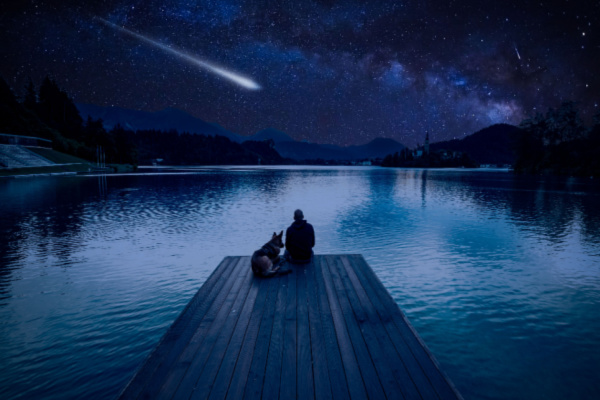The 2023 astronomical calendar has been packed with a variety of captivating celestial sights, and the year will conclude with a slate of events that includes a highly-anticipated meteor shower.
As Accuweather reports, December’s longer nights present more time for stargazing, including the chance to see the return of the famous constellation Orion. Early morning stargazers have been able to spot Orion for months, but the constellation will return to the evening sky before the end of the year, rising in the east every night around 8 p.m. local time.
The last major astronomy event of 2023 will put on a dazzling display in the middle of the month, enticing onlookers to bundle up and brave the chilly December weather to catch a glimpse of some shooting stars.
On the night of Wednesday, Dec. 13, into the morning of Thursday, Dec. 14, the Geminid meteor shower will reach its peak. The annual mid-December event is known for producing over 100 shooting stars per hour, including the chance to see a few colorful meteors.
This year should provide excellent viewing conditions, weather permitting, as the Geminids peak on a moonless night, resulting in a darker sky that will make it easier to spot dimmer meteors.
The week after the Geminids, the Ursids – the final meteor shower of the year – will peak. However, this natural light show will pale in comparison to the Geminids, only sparking around five to 10 meteors per hour on the night of Dec. 21 into the morning of Dec. 22.
—
Photo Credit: marcin jucha / Shutterstock.com
